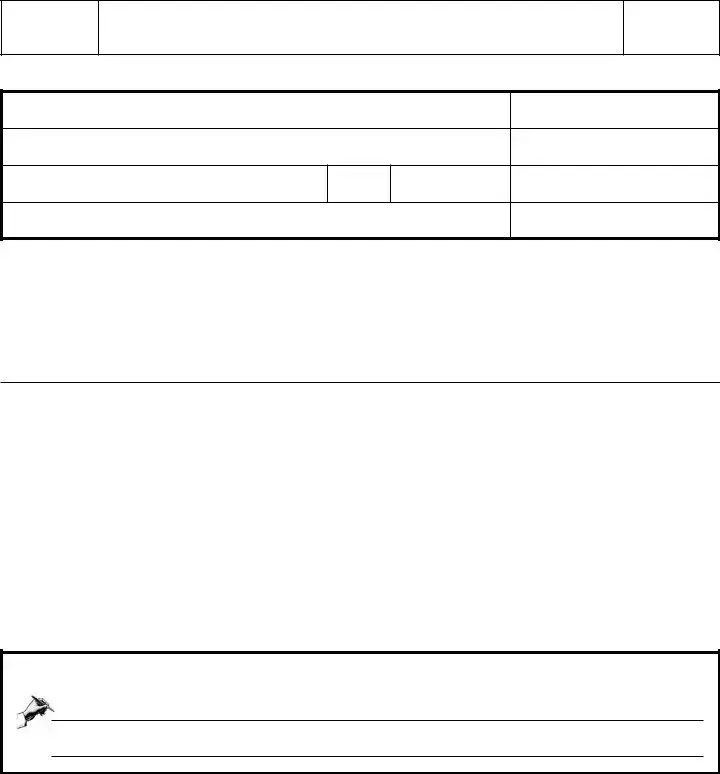The Form 1040, used by the United States Internal Revenue Service for individual income tax returns, is similar to the SU-451-AV in its purpose of reporting and calculating taxes due. Both forms serve as a bridge between taxpayers and government entities, detailing the amount of tax owed for specific activities or income sources. Whereas the SU-451-AV focuses on the sales and use tax specifically for aviation jet fuel in Vermont, the Form 1040 encompasses a broader spectrum of income sources, deductions, and credits for individuals, highlighting the specialization of tax forms based on the nature of the tax obligation.
Another document that shares a resemblance with the SU-451-AV is the Form W-2, which employers use to report an employee's annual wages and the amount of taxes withheld from their paycheck. Both forms play crucial roles in tax administration, ensuring that the correct amount of tax is reported and paid to the government. While the SU-451-AV deals with the sales and use tax related to aviation jet fuel, the W-2 addresses income tax withholdings, demonstrating the varied ways through which tax responsibilities are communicated to tax authorities.
The Schedule C (Form 1040) is utilized by sole proprietors to report profits or losses from a business they operate. This form is similar to the SU-451-AV, as both are tools for reporting specific financial activities to tax authorities. The SU-451-AV focuses on transactions related to aviation jet fuel, whereas Schedule C encompasses a broader array of business income and expenses. The specificity of the SU-451-AV to aviation fuel sales and use taxes illustrates the tailored approach tax authorities take to different sectors of the economy.
Form 1120 is the U.S. Corporation Income Tax Return, required for corporations to detail their income, gains, losses, deductions, and credits to determine their federal income tax liability. Like the SU-451-AV, which is specialized for aviation fuel transactions in Vermont, Form 1120 caters to the tax reporting needs of corporations. Both documents are pivotal in fulfilling tax obligations, though they cater to different subjects—the former to a specific type of transaction and the latter to corporate income.
The Form 1099-MISC is an informational return used to report miscellaneous income such as rents, royalties, prizes, and awards. It has a similarity to the SU-451-AV in the sense that both forms communicate specific types of transactions to tax authorities. The SU-451-AV's focus on aviation jet fuel sales and use tax contrasts with the broader application of the 1099-MISC, underscoring the diversity of reporting requirements tailored to various tax situations.
Form 4868 is an application for an automatic extension of time to file a U.S. individual income tax return. It shares with the SU-451-AV the principle of adhering to tax filing requirements, albeit its function is to provide taxpayers with more time to prepare their returns. While the SU-451-AV immediately deals with the reporting of taxes due for aviation jet fuel, Form 4868 addresses the need for additional time to gather information necessary for completing tax returns, showcasing the supportive mechanisms in tax administration for compliance.
The Sales and Use Tax Return form, specific to various states, closely resembles the SU-451-AV in its function of reporting sales, use tax, and remitting payments to the state. Both forms are integral to the tax reporting process, collecting necessary information on taxable transactions within a specific period. The distinction lies in the breadth of transactions covered; while a general Sales and Use Tax Return includes a wide range of taxable goods and services, the SU-451-AV specifically targets aviation jet fuel, illustrating the specialized nature of some tax forms.
